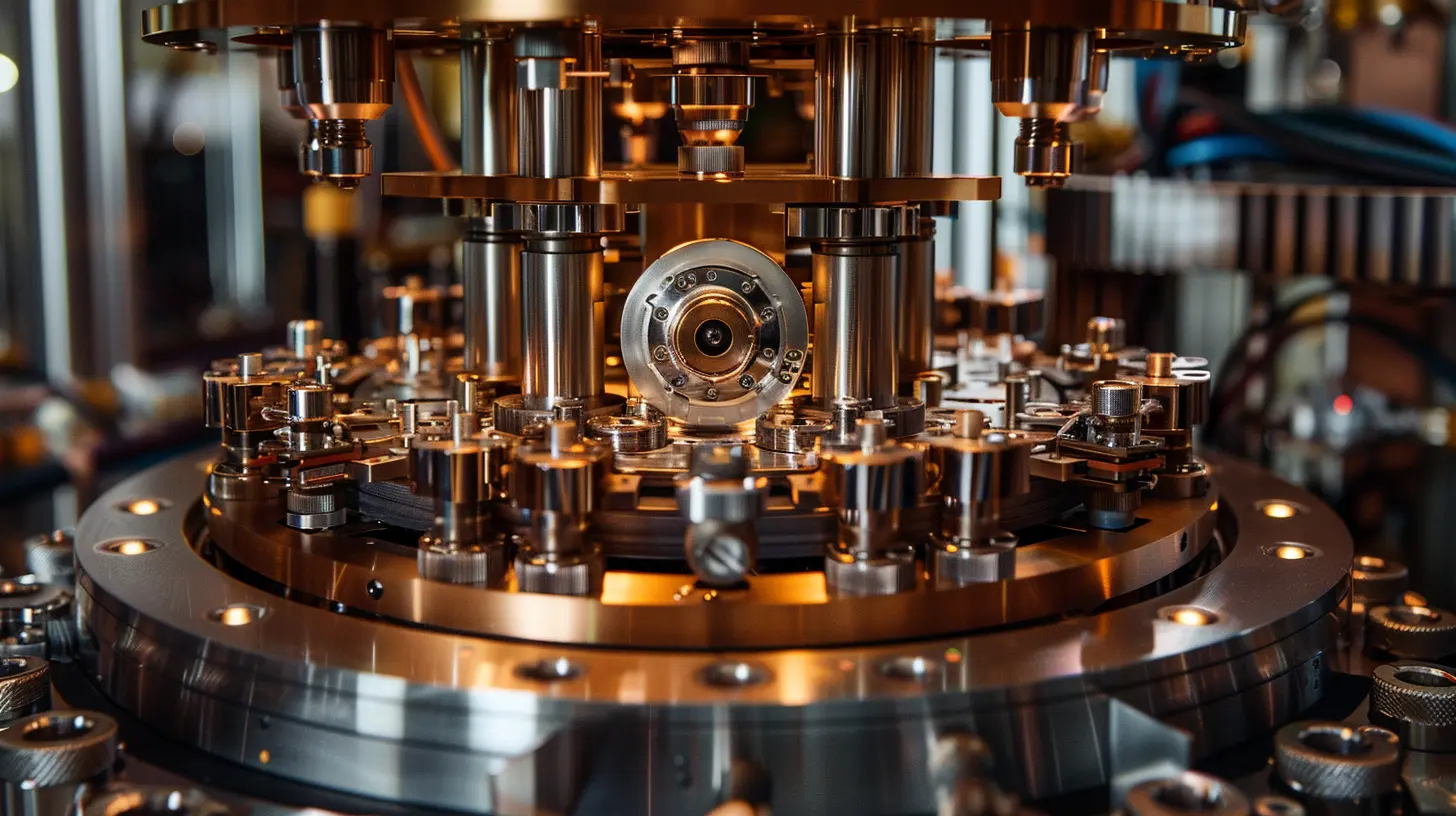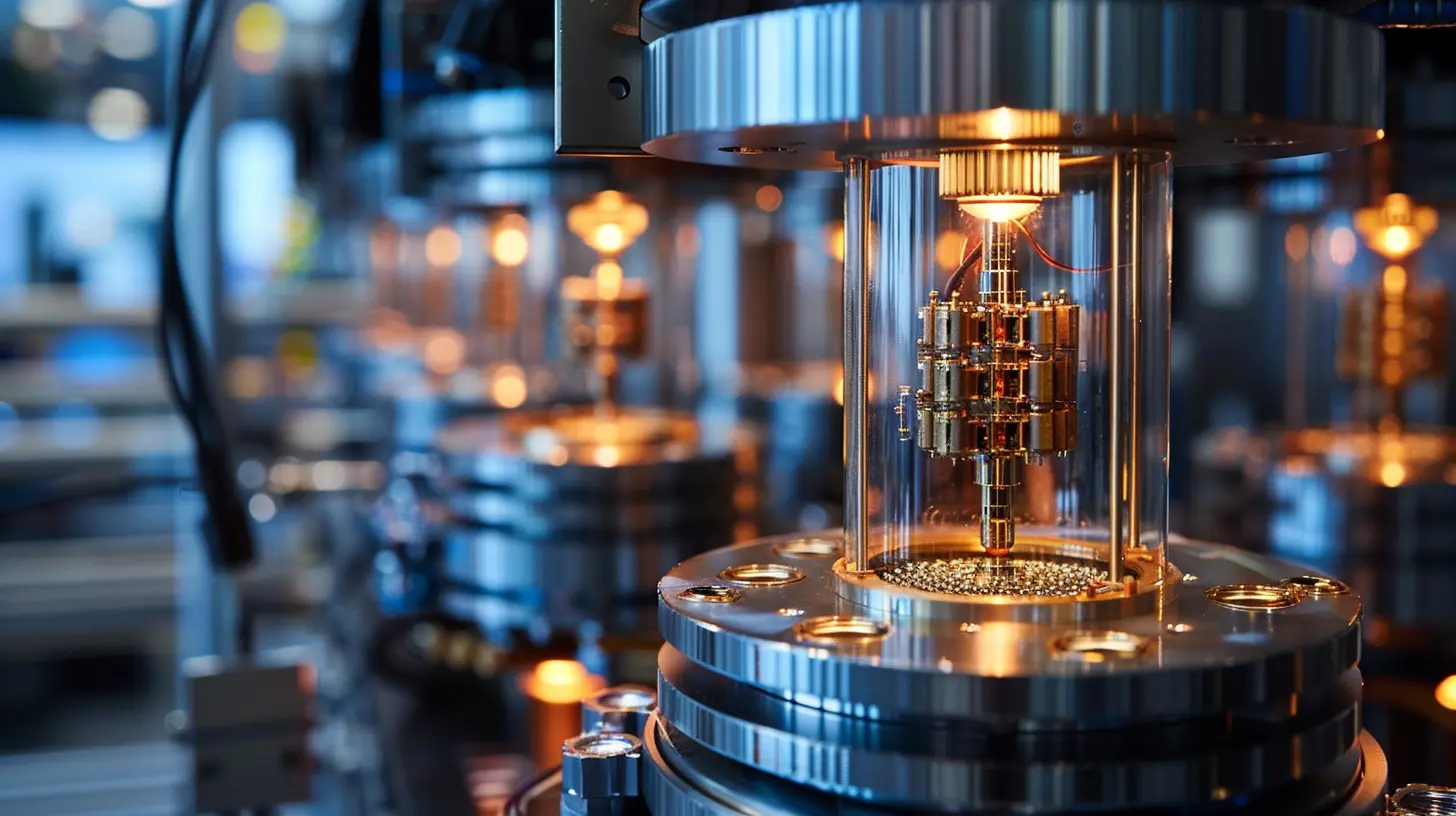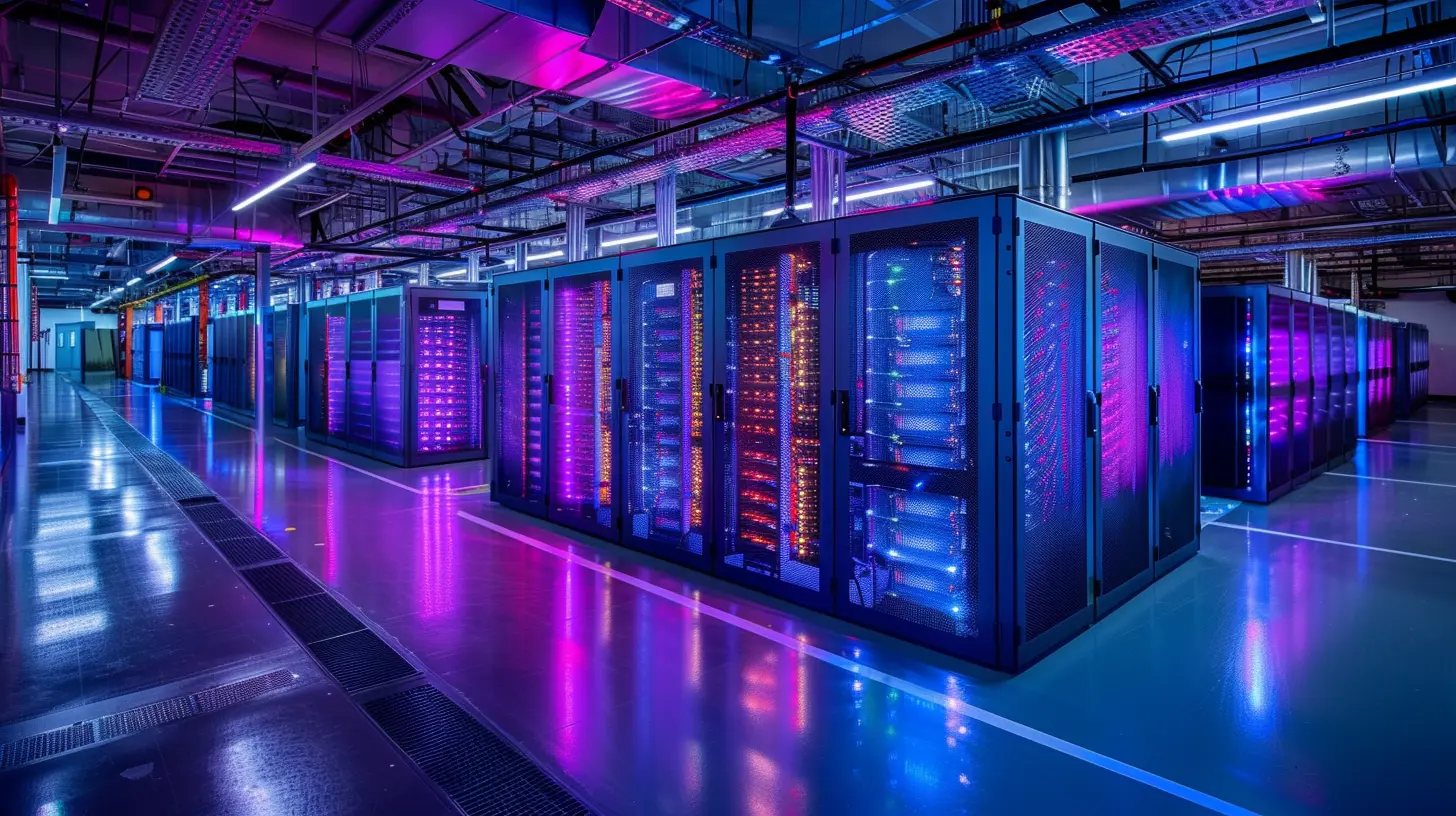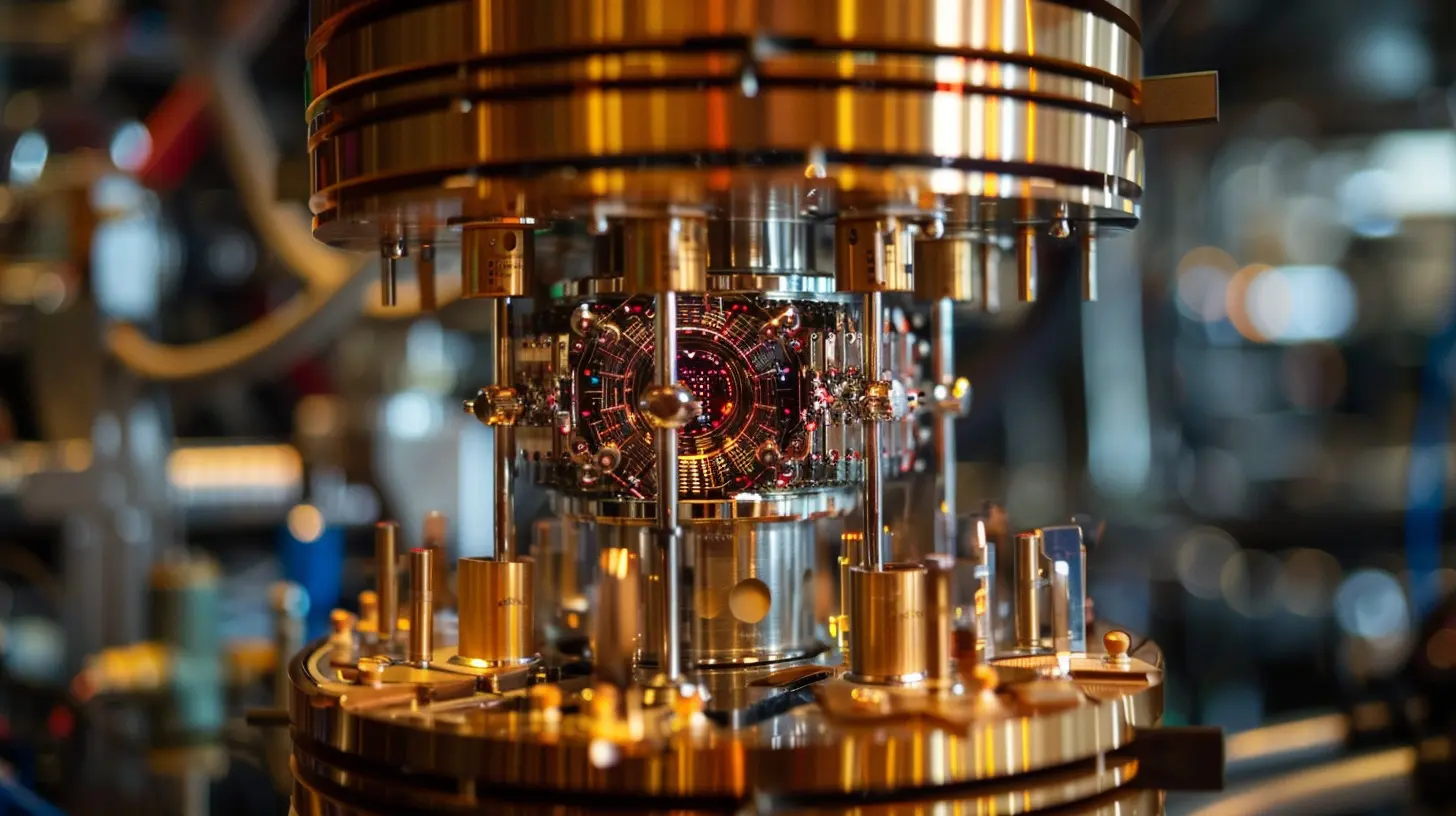The Impact of Quantum Computing on Data Center Design
19 July 2025
Let’s be real for a moment—quantum computing isn’t just another tech buzzword. It’s probably one of the most disruptive technologies of the 21st century. We're talking about a paradigm shift that will change how we think about computing, problem-solving, and yes, even data centers. The massive rooms full of humming servers that power everything from your Instagram feed to enterprise-level AI models? Yeah, quantum computing is about to give them a serious makeover.
In this long-form piece, we’ll dive into how quantum computing is reshaping the future of data center design. We’ll talk about the tech itself, the changes it demands, and what this means for organizations worldwide. Let’s get into it.
What Actually Is Quantum Computing?
Before we start tearing apart data centers, let’s get one thing straight—what exactly is quantum computing?Okay, take everything you know about conventional computers and throw it out the window—for now at least. Traditional computers use bits, which are either 0s or 1s. Quantum computers use something far weirder: qubits. These can be both 0 and 1 at the same time, thanks to quantum phenomena like superposition and entanglement. In simple terms, this means quantum computers can process tons of possibilities at once.
Instead of solving problems linearly, quantum computers can tackle them in parallel. Think of it like trying to find a needle in a haystack. Regular computers would comb through each piece of hay. Quantum computers? They’d just look at the entire haystack at once.
Sound like sci-fi? Maybe. But it’s already happening.
Why Quantum Computing Isn’t Just Another CPU Upgrade
You might ask, “Can’t we just plug quantum computers into existing infrastructure?” Quick answer: not even close.Quantum computing doesn’t “upgrade” our current systems—it reinvents them. These machines need entirely different environments to operate. We're talking cryogenic cooling, electromagnetic shielding, and precise error correction protocols. That's a whole new world compared to the relatively mundane climate-controlled spaces we’re used to in today’s data centers.
So, what does this mean? Let’s break it down.
Designing for the Cold: Cooling Challenges
Here’s the kicker—quantum processors (also called quantum processing units or QPUs) love the cold. Like, really cold. We're talking close-to-absolute-zero cold, which is roughly -273°C.This demand for extreme cold arguably becomes the biggest challenge for data centers. Traditional data centers use air conditioning and liquid cooling systems that are nowhere near what's required for housing quantum tech.
Enter Dilution Refrigerators
Ever heard of a dilution refrigerator? Unless you’re knee-deep in quantum physics, probably not. These machines help maintain the ultra-low temperatures quantum computers need. They’re huge, they’re expensive, and they’re power-hungry.This means quantum computing introduces an entirely new cooling infrastructure. Data centers will need separate quantum zones, possibly isolated from the conventional zones, with specialized chambers and cooling mechanisms.
Think of it like having a server room inside a cryogenic lab. You can’t just retrofit that into a standard data center layout—this is a full-on architectural redesign.
Size Does (and Doesn't) Matter
Quantum computers are, at this stage, relatively compact in terms of core components. But that doesn’t mean the setup is small. While the QPU might be a tiny chip, the surrounding infrastructure—coolers, shields, control systems—is massive.So, ironically, as quantum power increases, we’re not necessarily shrinking data centers. In fact, we might end up needing more space per quantum system than traditional racks.
This poses an interesting design challenge: how do you scale quantum capacity without creating a data center the size of a football stadium?
Power Dynamics: Energy Consumption and Optimization
One of the most surprising aspects of quantum computing? It can actually be more energy-efficient—at least theoretically.Why? Because quantum computers can solve specific types of problems exponentially faster than classical systems. That means less time spent computing and potentially less energy used for large-scale problems.
But don’t celebrate yet.
The Catch
All those cryogenic systems and control units we just talked about? They draw serious power. So while the computation itself might be efficient, the overall system could still be a power hog.So...what gives?
It’s a balancing act. Data center designs will need to weigh the benefits of hyper-efficient computation against the significant power costs of supporting infrastructure. Energy sourcing—especially sustainable sources—will become more critical than ever.
The Rise of Hybrid Data Centers
Realistically, quantum computers aren’t replacing classical systems anytime soon. Instead, we’re entering the era of hybrid computing models.Imagine a data center where classical servers handle day-to-day tasks, while quantum units get pinged for complex number-crunching—things like optimization algorithms, molecular simulations, or cryptographic functions.
This hybrid model changes the game for data center design:
- Zoned architecture: Separate areas for classical vs. quantum environments.
- Integrated networking: High-speed, low-latency connections between classical and quantum units.
- Task routing algorithms: Systems that intelligently decide which processor (quantum or classical) is best-suited for a workload.
It’s kind of like building a super team: each player has their own specialty, and the trick is to make sure they play well together.
Data Center Security: Cryptography’s Next Frontier
Oh boy, let’s talk encryption.Quantum computing threatens to blow current cryptographic methods out of the water. Algorithms like RSA and ECC, which secure everything from WhatsApp messages to financial transactions, rely on the difficulty of factoring large numbers—a task quantum computers can potentially make trivial.
Enter Post-Quantum Cryptography
This looming threat has already set wheels in motion for new cryptographic standards. Data centers need to prepare for a post-quantum world. This includes:- Updating encryption protocols
- Retrofitting storage systems
- Hardening communication channels against “store now, decrypt later” threats
Security is no longer just about firewalls and access control. It’s about future-proofing cryptographic resilience in the age of quantum.
The Network Story: Speed, Proximity, and Low Latency
Quantum computers are notoriously sensitive. Even the slightest latency or interference can ruin calculations. That puts extreme pressure on the networking side of data center design.Shorter Distances Matter
To ensure optimal quantum computations, certain systems—especially those that feed large datasets into quantum processors—need to be physically closer. We're back to talking about spatial design again. Data centers might shift towards more concentrated nodes near urban hubs or scientific research labs where speed is critical.Think fiber optics on steroids. We’re entering a world where the speed of light might not be fast enough.
Cooling, Power, Space, Network—Now What?
So you're probably wondering: how do we actually incorporate all of this?Here’s a rough blueprint of future quantum-enabled data centers:
- Modular setups: Quantum modules can be slotted into larger data ecosystems as needed.
- Isolated environments: Physically and electronically isolated spaces for quantum gear.
- Energy-efficient cooling: Innovations in cryogenics and materials to reduce the energy footprint.
- Post-quantum cybersecurity: Encrypted everything, built for tomorrow’s threats.
- Edge and core synergy: Smart task allocation between data centers and edge devices.
Business Implications: Who’s Getting Left Behind?
Quantum computing isn’t just a tech issue—it’s a business differentiator.Companies that begin quantum-proofing their data centers today will have the edge tomorrow. Whether it’s financial modeling, AI, drug discovery, or logistics, quantum acceleration will offer a competitive advantage that conventional computing just can’t touch.
Meanwhile, organizations that delay the transition will be stuck playing catch-up. And in a world moving at quantum speed? That could be fatal.
Will Every Data Center Need Quantum?
Honestly? Probably not.Quantum computing is still in its infancy and won't be necessary—or cost-effective—for every workload. Most businesses won’t need (or afford) their own quantum computers. Instead, we’ll likely see cloud-based quantum services à la Quantum-as-a-Service (QaaS). Think AWS or Azure, but cooler. Literally.
But even if you’re accessing quantum resources remotely, your data center still needs to be ready to interact with that quantum backend securely and efficiently.
Final Thoughts: A Radical Shift, But Not an Impossible One
Quantum computing is going to radically change the data center game—but that doesn't mean it’ll kill it. Instead, it will evolve it.Designers, planners, and CTOs need to start thinking beyond racks and cables. They need to consider cooling at odds with what we’ve ever done before, security for quantum-age threats, and architectures that blend classical and quantum like peanut butter and jelly (a weird but necessary fusion).
So, is your data center ready for the quantum future?
It’s coming faster than you think.
all images in this post were generated using AI tools
Category:
Data CentersAuthor:

Reese McQuillan
Discussion
rate this article
1 comments
Lindsey McMichael
Quantum computing will revolutionize data center design, demanding innovative architectures and energy-efficient solutions to harness its immense processing power effectively. Embrace the future!
July 27, 2025 at 11:16 AM

Reese McQuillan
Absolutely! Quantum computing will indeed drive the need for cutting-edge data center designs that prioritize efficiency and innovation. Exciting times ahead!


